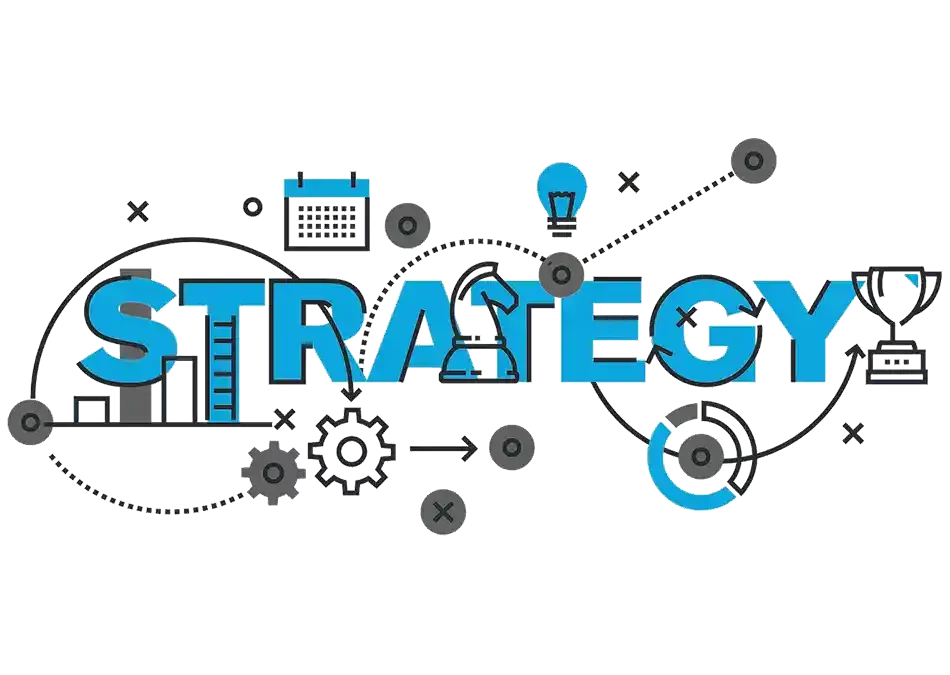Collaboration between web developers and designers is critical to the success of any web development project. Clear communication from the start ensures that the end result is in line with the client’s vision, fits their needs, and is technically viable. In this post, we will look at the essential points that web developers should discuss with designers before beginning a web development project.
Project Goals and Objectives
It’s vital to agree on the project’s goals and objectives before going into the technical details. Communicate the website’s goal, target audience, and intended user experience clearly. This information provides the designer with critical context and enables them to make design decisions that are consistent with the overall project direction.
- Functional Requirements
Outline the specific functionalities that the website must have, such as user registration, e-commerce capabilities, search functionality, forms, and so on. Providing a comprehensive list of required functionalities assists the designer in visualizing how these elements will fit into the overall design and layout.
- Technical Constraints and Preferences
Outline the specific functionalities that the website must have, such as user registration, e-commerce capabilities, search functionality, forms, and so on. Providing a comprehensive list of required functionalities assists the designer in visualizing how these elements will fit into the overall design and layout.
- Responsive Design and Mobile Optimization
Responsive design is essential in today’s mobile-centric environment. Communicate clearly your expectations for how the design should adapt to multiple screen sizes and devices. Discuss whether you prefer a mobile-first approach and any special mobile optimization considerations.
- Performance and Loading Speed
Web developers are highly aware of the influence that design decisions can have on the performance of a website. Discuss the necessity of quick loading times with the designer, as well as any performance optimization approaches you intend to use. This collaboration has the potential to result in design decisions that improve both aesthetics and performance.
- SEO Considerations
SEO (search engine optimization) is an important part of web development. Any SEO requirements, such as the necessity for clean and semantic HTML, proper heading hierarchy, image optimization, and meta tag integration, should be communicated. Making certain that the designer integrates these components from the start might save time and work during development.
- Content Integration
Talk about how the content will be included into the design. Is there any content that requires special styling? How will dynamic content be presented, such as blog postings or user-generated content? Clear communication regarding content integration aids the designer in creating layouts that handle a variety of content kinds.
- User Experience (UX) Considerations
As a web developer, you understand the need of providing a consistent user experience. Share your observations about user behavior and interaction patterns. Discuss navigation hierarchies, call-to-action placements, and other UX factors that can impact the design’s ability to engage users.
- Data Collection and Analytics
Inform the designer about the data you need to collect for analytics purposes. This could include measuring user interactions, click-through rates, and other performance measures. By incorporating data collection requirements into the design, you ensure that the essential tracking codes are appropriately positioned.
- Collaboration Tools and Communication Channels
Create clear communication routes and collaboration tools to facilitate continuing discussions between you and the designer. Having a specific mechanism to share updates, feedback, and revisions, whether via email, project management software, or communication platforms like Slack, accelerates the development process.
- Milestone Reviews and Feedback Loops
Set expectations for milestone reviews and feedback loops. Regular check-ins allow you to review progress, provide comments, and make any necessary revisions early in the development process. This iterative strategy can help to avoid large changes from the original project design.
- Security and Privacy Concerns
Discuss any issues you have about the website’s security or privacy. This may include data encryption, secure authentication procedures, and adherence to applicable data protection requirements. Addressing these concerns during the design phase ensures that security features are seamlessly integrated into the final product.
- Future Scalability and Updates
Finally, talk about the possibility of future scalability and improvements. How simple is it to add new features to the website? Are there any design considerations that could allow for future growth? Scalability planning ensures that the website may develop as your client’s needs alter.
Finally, excellent communication between web developers and designers is critical for a web development project’s success. You can guarantee that the design fits with your development experience by explicitly conveying project goals, technical requirements, and expectations. This results in a unified and functioning final product. Collaboration from the start ensures a smooth and fruitful partnership throughout the project’s existence.

